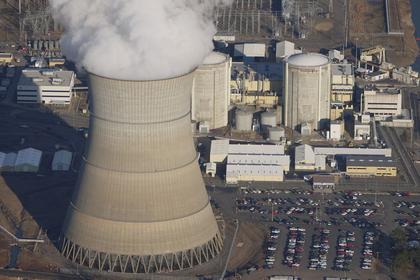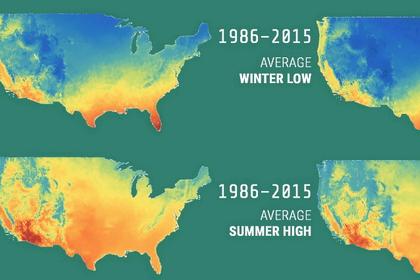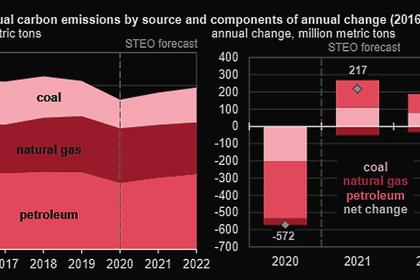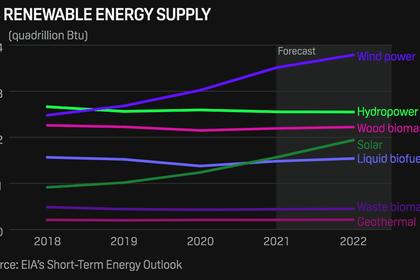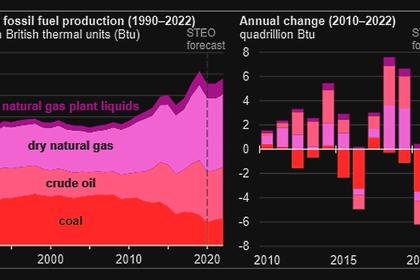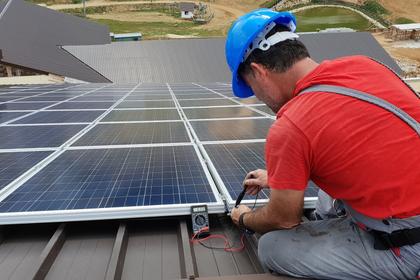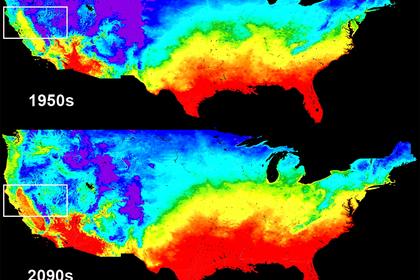
U.S. ZERO EMISSIONS RISKS
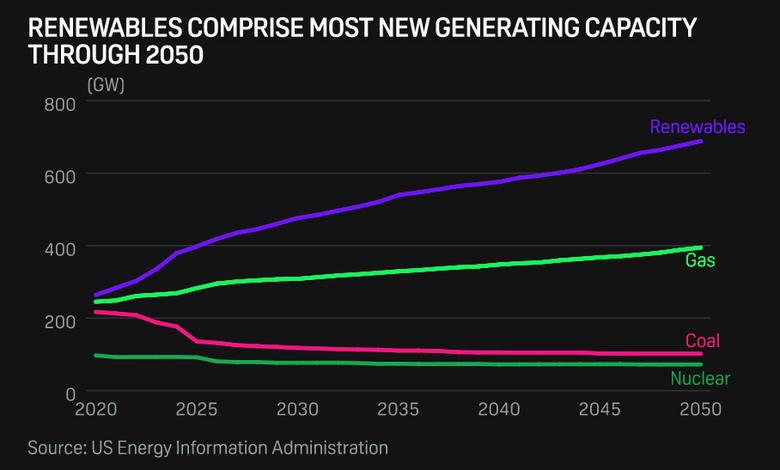
PLATTS - 17 Mar 2021 - Several technologically and economically plausible energy system pathways for the US to reach net-zero emissions by 2050 exist, according to a Princeton University study, but bringing that future to fruition is unlikely to occur without a national social compact committing the country to achieving that mission, one of the study's principal investigators said.
If there is a clear, government-backed mission "to build a net-zero emissions, low pollution, more just energy infrastructure that's part of our economic development strategy [and] part of a nation-building project for the 21st century, ... I think that will change the way in which we approach infrastructure in the country," Jesse Jenkins, an assistant professor at Princeton, said March 16 during a panel discussion hosted by Columbia University's Center on Global Energy Policy.
"If we continue the way we have for the last several decades, where we're sort of eating off of the seed corn of prior generations' investment in infrastructure, I don't think we're going to get anywhere close to the pace required here," Jenkins said.
He noted the substantial level of overdue investment needed to fix and upgrade the country's current energy infrastructure as well as the need for significant investment to build out new large-scale infrastructure projects.
If the US continues with a status-quo approach, "I do think we're going to fall very short of" decarbonization goals laid out by President Joe Biden, Jenkins said.
Gas' future
Whether natural gas-fired generation capacity additions and further pipeline buildout will occur in the future remains a key question that the country's policy direction will have a large role in deciding, he added.
Modelling Princeton conducted on the path to a net-zero future showed not much, if any, increase in gas-fired generation capacity starting now, with small increases in some areas to manage reliability needs from rapid coal retirements offset by retirements of older gas plants in other areas.
But if policies are not clear and are not sending appropriate decarbonization signals to investors, "it's very likely that the large-scale retirement of about 250 GW of coal capacity could lead to an equal-scale deployment of new natural gas in the short run because there really aren't other viable clean, firm technologies ready for widespread use now," Jenkins said. "So we do need some policy coordination and some signals both to sort of pull forward the deployment of clean, firm capacity and drive its innovation proactively, and also to say let's try to get as far as we can with the existing gas fleet, which is already built and partially amortized."
He contended that any new build of gas capacity or infrastructure must be restricted to certain conditions. Those included helping to retire a coal-fired power plant and reduce emissions; amortizing the new facility over an appropriately short time frame that is fair to customers and presents an accurate cost-benefit analysis; and providing grid reliability in cases where a combination of demand flexibility, storage, and renewables cannot be met in the short term.
"There are going to be some places where that's true but, in general, I think the burden of proof for new gas infrastructure needs to be pretty high," Jenkins said.
Just transition
Emily Grubert, a Georgia Institute of Technology assistant professor, said planning ahead would be critical to a just transition. She advocated for policies that set fossil electricity retirement deadlines, in line with the 2035 electricity decarbonization deadline Biden proposed.
Grubert said during the March 16 webinar that the role of policy would be to warn communities and workers of timelines for retirements that are set to happen. Too often, she said, an understanding that a plant closure may happen in the indeterminate future is not enough to ward off the economic shock from seemingly sudden layoffs.
"I think a lot of us would probably argue it's a bit too late to make this a truly better outcome in the coal industry ... but as we think about the much bigger infrastructures associated with the gas system and the oil system, really trying to use policy as a way to make sure that people know this is coming and can plan for it, I would argue is probably more important than the aspect of [policy] forcing stuff to shut down early," Grubert said.
Princeton study
With political and local opposition to job losses from the energy transition, Jenkins said building buy-in would be important, and suggested the Princeton study, "Net-Zero America: Potential Pathways, Infrastructure, and Impacts," could help "sell that vision that this is something that can deliver near-term economic renewal, ... strengthen the tax base in certain places, and reduce air pollution and health impacts that we all care about."
The study identified five different net-zero energy-system scenarios, each with different assumptions about energy-demand and energy-supply technology options available in the future, that could meet the net-zero-by-2050 goal.
"Taking a look at this full roadmap now is important to align our actions, ... to ensure that we are doing all we need to do to develop and improve the technologies we need to take us all the way to net-zero and to build the societal consensus and distribution of benefits and costs that's going to allow us to sustain that transition over the next several decades," Jenkins said.
-----
Earlier:
